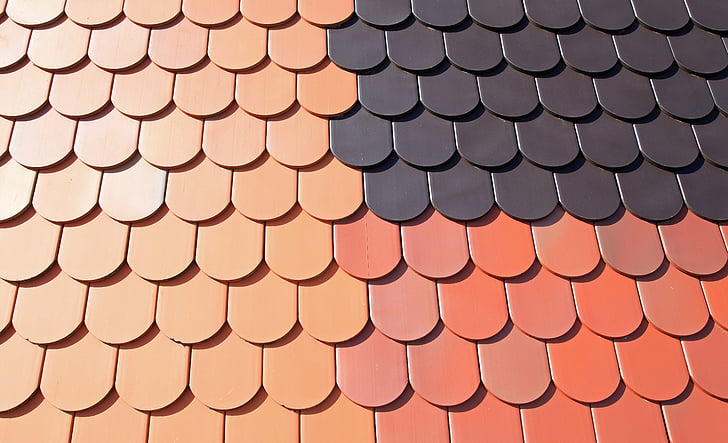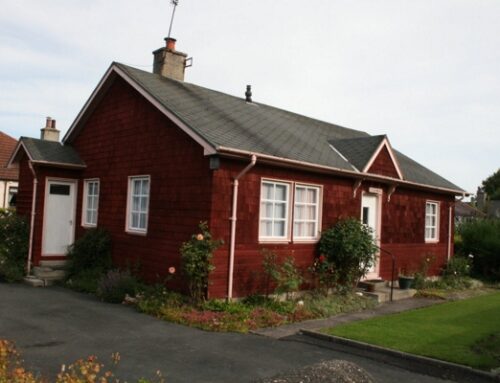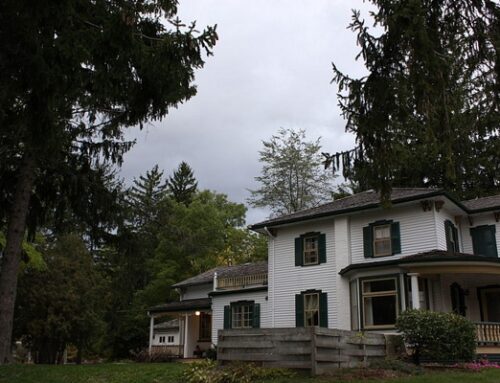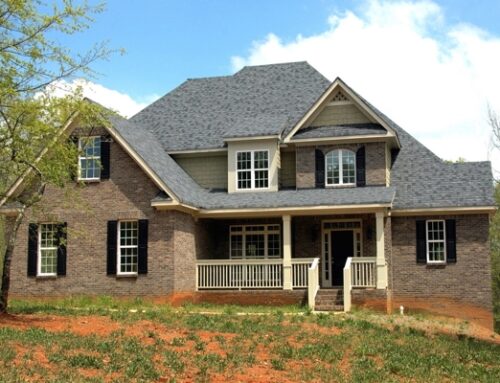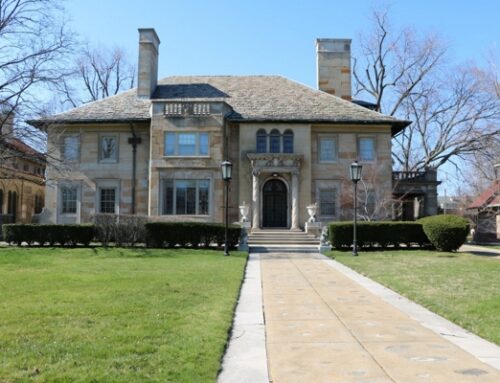You trust your roofing manufacturer to provide you with the most accurate estimates. In doing so, you can, with a clear mind, save enough money a few years until your roofing material expires. However, your roof began to age, sag, and deteriorate in just ten years, which is 15 years earlier than the manufacturer’s estimated lifespan. Here are three reasons this happened.
Unpredictable Local Weather
Asphalt shingles, clay tiles, and metal roofing have excellent resistance against storms, snow, and even hail. However, a small, unobserved factor that a situation roof makers cannot replicate in their tests can accelerate and increase the damage your roof sustains. One of these is unpredictable local weather, meaning a series of rains or alternating rain and hailstorms will accelerate roofing age and damages.
The Remaining Percentage
Even top local roofing manufacturers claim that they only guarantee up to 90-95% their roofing estimates are accurate. Truthfully, these high-quality manufacturers use the best practices and methods possible to create excellent roofing materials. However, an unseen factor can still cause some shingles to have a shorter and unpredictable lifespan than the others.
Installation Methods
Lastly, roofing manufacturers need to work only with roofers they train and certify. In doing so, they assure homeowners an excellent roofing installation within their ideal parameters. If you had a non-certified roofer install their materials, it’s highly likely to have a shorter lifespan or poor performance.
Chris Ball Roofing has a good post about the weather’s effects on roofing materials. Read more about them below.
How Hot Weather Affects a Roof
While it might seem unlikely that the summer sun is doing that much damage to your roof, much of the effect the sun has on your roof is unnoticed until a period of intense weather – such as an overnight summer storm, which can bring plenty of rain and debris raining down on your roof.
UV Exposure
As many roofs are unshaded, there is no level of protection between your roof and the unfiltered UV rays from our sun. Over time, exposure to heat and UV rays can start to dry out your roof, causing shrinkage as well as causing wood structures to bleach and weaken, potentially even cracking. Tiles that face long exposure to daily high summer temperatures can begin to buckle or split and the joins between tiles can become looser as shrinkage occurs.
Luckily, a well-maintained roof – whether maintained by the homeowner or a professional roof repair company in London – can last many hot summers without too much damage from the elements. This is especially true if your roof is under ten years old and you keep a well-ventilated attic that can help distribute some of the heat felt from the sun.
Older Roofs
If you have a roof older than ten years or an unventilated attic space, known as a ‘Hot Roof’, talk to your local roof repair company about the benefits of a new roof or additional insulation. Advantages of investing in a roof include improved energy bills, better insulation against lost heat and improvement of airflow ventilation around your roof.
Thermal Shock
One of the greatest threats during the summer is the risk of thermal shock on roofs – thermal shock occurs when the temperatures reach higher than average during the day but drop off rapidly after the sun goes down. This extreme change in temperature and moisture in the air can cause the materials on your roof (especially metal) to expand and contract within a short time frame, affecting the structural integrity and on some occasions, leading to warping. (Continued)
If you have yet to find an excellent roofer in Clinton Township MI to help you with all your roofing needs, you can always count on us at Miller’s Home Improvement. Learn more about everything that we can do for you today!


